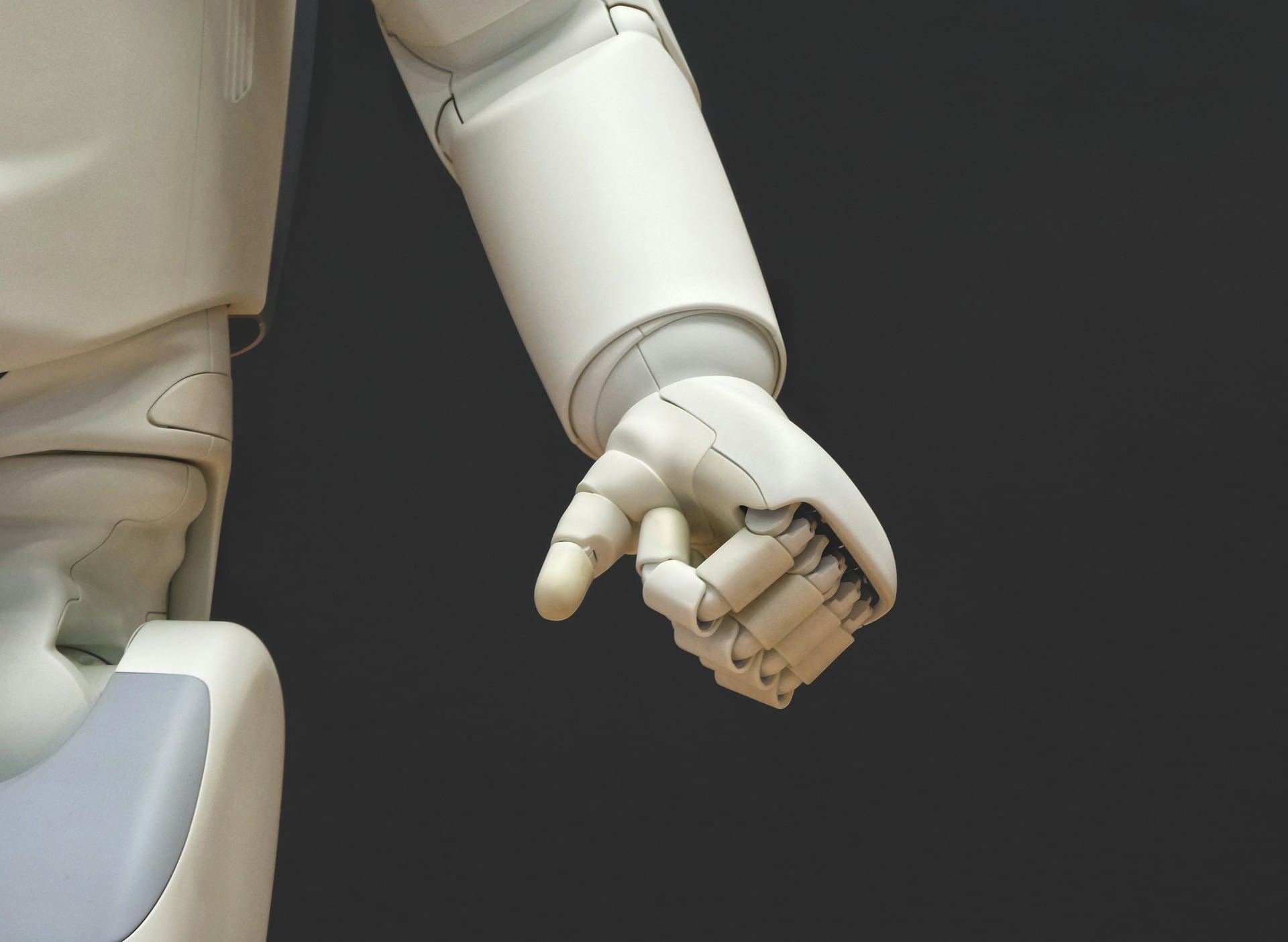By Jennifer A. Kingson
See original post here.
BMW’s newest autoworker is 5’6,” 130 pounds, walks on two legs, uses five-fingered hands to assemble machines — and takes a break every five hours to stroll to a charging station and plug itself in.
- Under a first-of-its-kind deal, humanoid robots from a California company called Figure will begin working in BMW manufacturing plants, starting in Spartanburg, South Carolina.
Why it matters: Robots have long been essential tools on auto assembly lines, but this is the first time that autonomous human-shaped robots will join the fray — with big potential labor market implications.
- Humanoid robots are already being tested in warehouses, and are eventually expected to help out in hospitals and nursing homes.
- “I think the next 24 months you’ll start seeing humanoid robots in the real world,” Brett Adcock, Figure’s CEO and driving force, tells Axios.
Driving the news: While it’s a bit nebulous what the robots will be doing for the automaker, the agreement between Figure and BMW calls for the “deployment of humanoid robots in an automotive manufacturing environment” using a “milestone-based approach.”
- In the first phase, Figure will “identify initial use cases to apply the Figure robots in automotive production.”
- Next, the robots will “begin staged deployment at BMW’s manufacturing facility” in Spartanburg.
- BMW and Figure will also “explore advanced technology topics such as artificial intelligence, robot control, manufacturing virtualization and robot integration.”
What they’re saying: Adcock, a serial entrepreneur whose previous startups include Archer Aviation and Vettery (now Hired.com), tells Axios that his robots “can do basically everything a human can.”
- “There’s just a lot of work in these facilities that’s really hard to automate,” he added. “Being mobile on the floors, being dexterous — there’s a lot of work we can do.”
- “We need humanoid [robots] in the real world, doing real work — that’s a big milestone for the whole space,” Adcock said.
- Car production is evolving rapidly, and robots have “the potential to make productivity more efficient” and “enable our team to focus on the transformation ahead of us,” Robert Engelhorn, president and CEO of BMW Manufacturing, said in a statement.
Between the lines: Automakers have been looking to lean more heavily on robots to combat rising labor costs, the Wall Street Journal reports.
- The UAW won historic labor agreements with the Big Three automakers last fall, which will translate to raises and more generous pay packages for workers.
- When asked how Ford plans to cover the cost of its new labor contract, CFO John Lawler “pointed to ‘opportunities in automation,'” per the Journal.
- Robots can do dangerous tasks or operate in hard-to-reach places — but there can be trade-offs in terms of performance and wise judgment.
Zoom out: Humanoid robots that can walk and use their hands are formidably hard to build — hence the small number of companies thriving in this space.
- Agility Robotics makes a robot called Digit that’s being tested by Amazon toting containers in a warehouse. (Agility is poised to open a robot-making factory called RoboFab.)
- A company called Apptronik has a new robot named Apollo that’s starting to do warehouse work. It’s also working with NASA on humanoid robot commercialization.
- Other players include Tesla’s Optimus (which recently folded a shirt, prompting jeers from observers who were underwhelmed) and Boston Dynamics’ Atlas, which does parkour.
The bottom line: It’ll be some time before a humanoid robot can take the job of an autoworker — if that ever happens — but expect more eye-catching developments in this space.





















